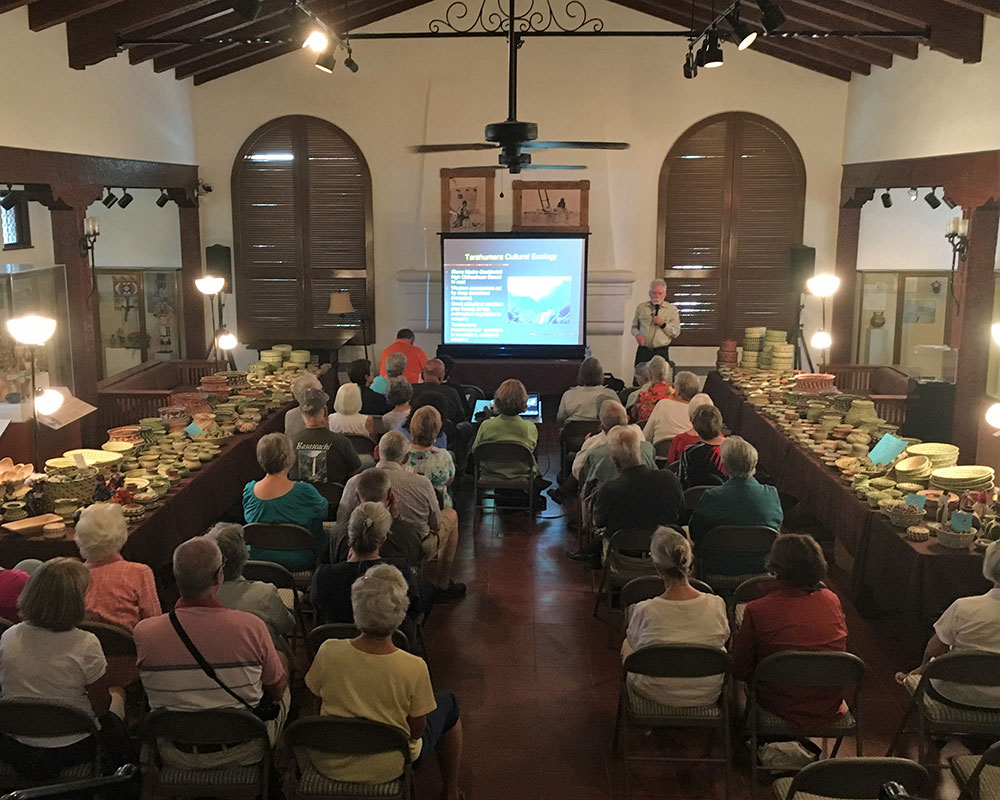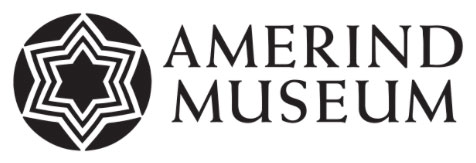The Archaeology of a Land Between: Regional Dynamics in the Prehistory and History of Southeastern Arizona
October 12-17, 1997

Seminar Participants
- Jeffrey H. Altschul, Desert Archaeology, Inc.
- William H. Doelle, Statistical Research, Inc.
- William E. Doolittle, University of Texas, Austin
- John E. Douglas, University of Montana
- Jerry B. Howard, Mesa Southwest Museum
- Jonathan B. Mabry, Desert Archaeology, Inc.
- W. Bruce Masse, U.S. Department of the Air Force
- Allan J. McIntyre, The Amerind Foundation, Inc.
- James A. Neely, University of Texas, Austin
- Margaret C. Nelson, Arizona State University
- Thomas E. Sheridan, Arizona State Museum
- Henry D. Wallace, Desert Archaeology, Inc.
- Anne I. Woosley, The Amerind Foundation, Inc.
Seminar Abstract
The seminar focused on the prehistory and early history of one of the most poorly understood regions in western North America, the land between the Tucson Basin on the west, the Chihuahuan culture area in northern Mexico, the Mimbres area to the east, and the Phoenix Basin Hohokam and Mogollon Point-of-Pines areas to the north. It includes, at a minimum, the San Pedro, Aravaipa, Sulphur Springs, San Bernardino, San Simon, and Safford Valleys in southeastern Arizona and northern Mexico. Researchers could draw comparisons with areas outside these bounds, but their focus was kept within them. Seminar participants explored the cultural dynamics of the area, including such topics of interest as interaction, ideology, ethnic identity, social organization, population movement, aggregation, and warfare. Conference goals may be summarized as: (1) dissemination of important data sets obtained from the region in recent years; (2) generation of new perspectives and approaches to the archaeology of the region; (3) increasing awareness of southeastern Arizona prehistory; and (4) identification of important research topics for future work.
The region in question is surrounded by traditionally defined major culture areas and subareas of the Southwest, that is, the Tucson Basin Hohokam, the Mogollon and Mimbres, as well as Casas Grandes. Though culture area labels have been applied to it or portions thereof, none have persistently adhered and there is a question regarding their utility. Traditional mindsets concerning cultural identity, mixing or blending of cultures, and interaction between regions, require reconsideration in light of the region as a whole and its relation to surrounding areas. Moreover, can traditional culture or culture-area definitions be of utility in the region? How does this land between influence our perceptions of the culture areas surrounding it? With these concerns and questions in mind, participants were asked to suspend the casual use of culture-area terms in favor of spatial referents unless the terms can be carefully defined and constrained to avoid the baggage they carry.
